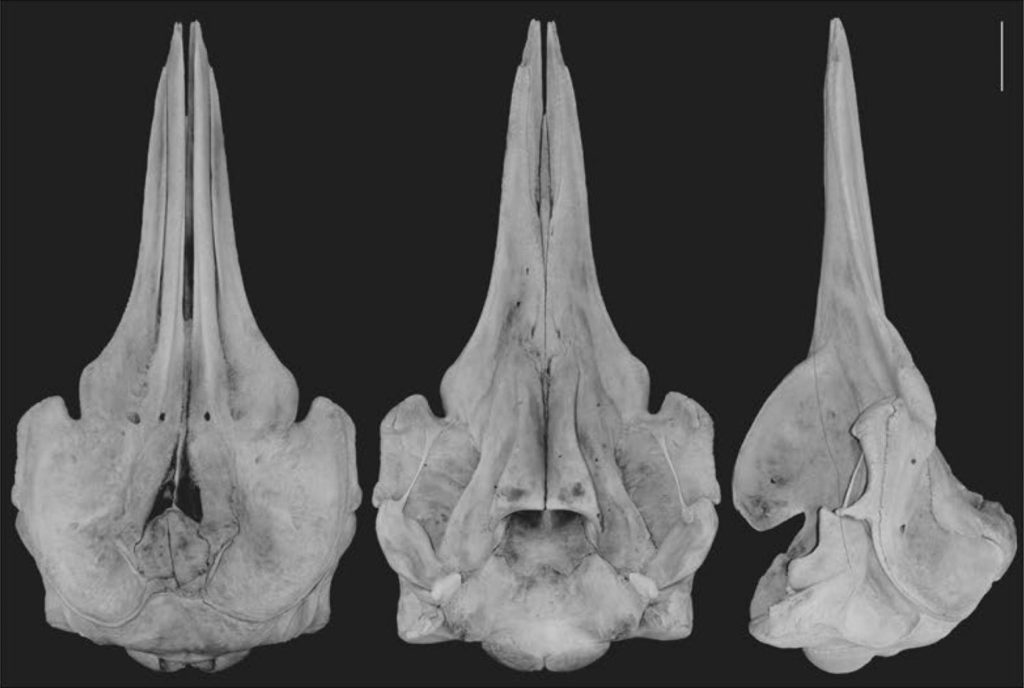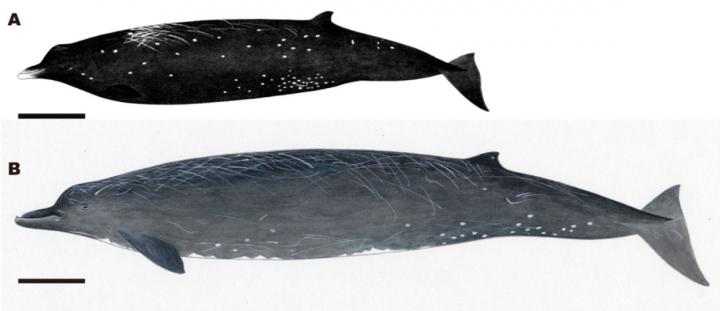A new species of whale has been discovered in Japan
by Scott Dutfield · 04/09/2019

At the northernmost point of Japan’s mainland, Hokkaido, a new species of whale has been confirmed.
Locally known as Kurotsuchikujira, meaning ‘black Baird’s beaked whale’, it wasn’t until a few washing up on shore that researchers discovered these marine mammals need a new name. Now formerly known as Berardius minimus, a collaboration between the National Museum of Nature and Science, Hokkaido University, Iwate University, and the United States National Museum of Natural History, has declared them to be a new species.
“Just by looking at them, we could tell that they have a remarkably smaller body size, more spindle-shaped body, a shorter beak, and darker colour compared to known Berardius species,” said Curator Emeritus Tadasu K. Yamada of the National Museum of Nature and Science in a press release.
Although well known amongst local whalers, due to this beaked whale preference of deep ocean waters, studying the new species had previously proven difficult. However, when six unknown whales were found stranded by the research group Stranding Network Hokkaido, it gave scientists the opportunity they needed to uncover their true identity.

In the current study the new species was found to bear a resemblance of other Beardius species of whale such as the Baird’s beaked whale (B.bairdii), however, differed in several physical characteristics such as colour and body proportions. This prompted a further investigation in their genetic makeup, whereby the research team discovered significant differences from other known Berardius species.
“There are still many things we don’t know about B. minimus,” said Professor Takashi F. Matsuishi of Hokkaido University. “We still don’t know what adult females look like, and there are still many questions related to species distribution, for example. We hope to continue expanding what we know about B. minimus.”
For more science and technology articles, pick up the latest copy of How It Works from all good retailers or from our website now. If you have a tablet or smartphone, you can also download the digital version onto your iOS or Android device. To make sure you never miss an issue of How It Works magazine, subscribe today!





